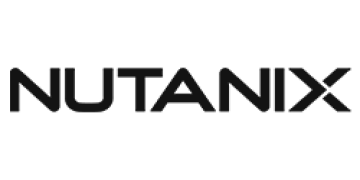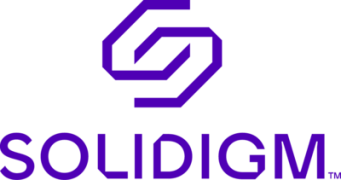 open development model with partners to foster more innovation, competition, and adoption. IBM hopes to save the POWER processor from the fate suffered by SPARC, Itanium, DEC Alpha, MIPS, and other proprietary architectures. IBM also recently announced new members for the not-for-profit consortium, launched last August, and more detail about their plans for the OpenPOWER Foundation.
This paper examines how IBM got here, what they announced in April 2014, what they need to accomplish, and the challenges they face in realizing their goals.
open development model with partners to foster more innovation, competition, and adoption. IBM hopes to save the POWER processor from the fate suffered by SPARC, Itanium, DEC Alpha, MIPS, and other proprietary architectures. IBM also recently announced new members for the not-for-profit consortium, launched last August, and more detail about their plans for the OpenPOWER Foundation.
This paper examines how IBM got here, what they announced in April 2014, what they need to accomplish, and the challenges they face in realizing their goals.
Table of Contents:
- Executive Summary
- POWER8 and OpenPOWER Assessment
- IBM Challenges
- MI&S Recommendations
- The POWER8 Processor, Now with CAPI
- New POWER8 Systems
- CAPI: Coherent Acceleration Processor Interface
- OpenPOWER
- The Motivation for OpenPOWER
- The Demise of UNIX: a Big Deal for Big Blue
- Enter OpenPOWER
- End-Users
- Silicon Partners
- System Partners
- I/O, Memory, Networking, and Storage Partners
- The Road Ahead for OpenPOWER
- Conclusions and Recommendations
- Figure 1: Systems Portfolio
- Figure 2: CAPI Overview
- Figure 3: Foundation Members
- Table 1: IBM OpenPOWER SWOT Analysis
Companies Referenced:
- Alibaba
- Altera
- AMD
- Applied Micro
- ARM
- Baidu
- Broadcom
- Cadence
- Cavium
- China Telecom
- Chuanghe Telco Tech
- DEC
- Dell
- Emulex
- Fusion-io
- Global Foundries
- HP
- Hyve
- IBM
- Inspur
- Intel
- Jülich Supercomputing Centre
- Mellanox
- Micron
- NVIDIA
- OpenPOWER
- Quanta
- Samsung
- Servergy
- SK Hynix
- SUN
- Suzhou PowerCore
- Synopsys
- Teamsun
- Tencent
- Texas Memory Systems
- TSMC
- Tyan
- VeriSilicon
- Wiwynn
- Xilinx
- ZTE
- ZT Systems
Patrick founded the firm based on his real-world world technology experiences with the understanding of what he wasn’t getting from analysts and consultants. Ten years later, Patrick is ranked #1 among technology industry analysts in terms of “power” (ARInsights) in “press citations” (Apollo Research). Moorhead is a contributor at Forbes and frequently appears on CNBC. He is a broad-based analyst covering a wide variety of topics including the cloud, enterprise SaaS, collaboration, client computing, and semiconductors. He has 30 years of experience including 15 years of executive experience at high tech companies (NCR, AT&T, Compaq, now HP, and AMD) leading strategy, product management, product marketing, and corporate marketing, including three industry board appointments.
- Patrick Moorheadhttps://moorinsightsstrategy.com/author/phfmphfmgmail-com/
- Patrick Moorheadhttps://moorinsightsstrategy.com/author/phfmphfmgmail-com/
- Patrick Moorheadhttps://moorinsightsstrategy.com/author/phfmphfmgmail-com/
- Patrick Moorheadhttps://moorinsightsstrategy.com/author/phfmphfmgmail-com/






















































































